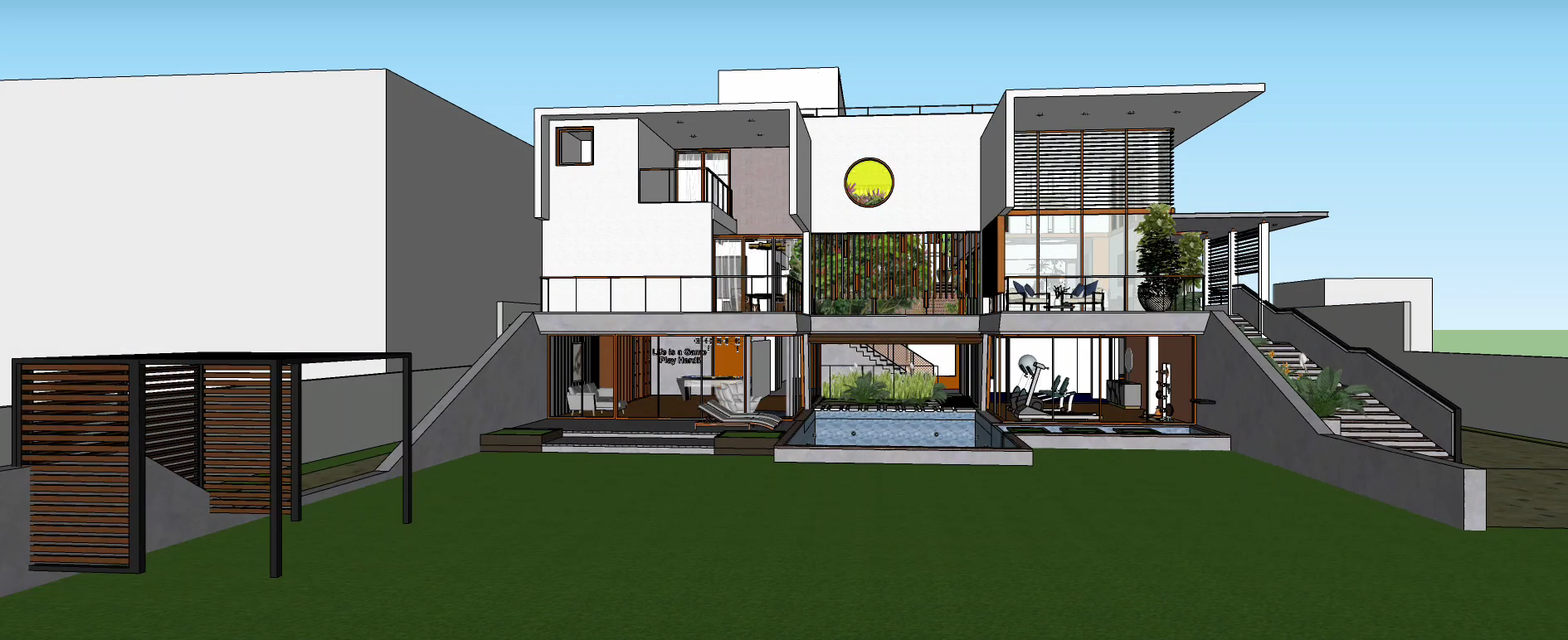Office
New Bel Road
Bangalore , Karnataka
India (560054)

Creating a building design involves multiple considerations, ranging from functionality and aesthetics to sustainability and cost-efficiency. Whether designing a residential home, an office, or a public building, the design process follows specific stages that ensure the final structure meets the needs of its users while also contributing positively to its environment. Here’s an 800-word overview of the key elements involved in building design.
The first step in building design is understanding the purpose of the building. This involves discussions with the client or stakeholders to determine the intended use of the space. Is it a residential building, a commercial office, an educational facility, or a public institution? Each type of building has unique requirements. For example, residential buildings prioritize comfort, safety, and aesthetic appeal, while commercial offices focus on functionality, productivity, and space efficiency. The purpose of the building will significantly influence decisions related to space allocation, materials, and architectural style.
Once the purpose is clear, the next step is site analysis. This involves evaluating the location where the building will be constructed. Site analysis considers factors such as topography, climate, orientation, and access to utilities like water, electricity, and sewage systems. The site’s surroundings, including nearby buildings, roads, and natural features, also play a crucial role. For instance, a building in a hot climate might need to be oriented to minimize sun exposure, while a building in a cold climate might maximize sunlight for natural heating.
With a thorough understanding of the building's purpose and the site, architects move on to conceptual design. This stage involves sketching out ideas and creating preliminary plans. The goal is to develop a vision for the building that aligns with the client’s needs while also addressing site-specific challenges. Architects often use models, drawings, and 3D software to explore different design options. Key considerations at this stage include the building’s shape, size, layout, and overall aesthetic.
Modern building design increasingly emphasizes sustainability. Sustainable design aims to minimize the building’s environmental impact through energy efficiency, water conservation, and the use of eco-friendly materials. This could involve incorporating solar panels, rainwater harvesting systems, or green roofs into the design. Energy-efficient windows, insulation, and HVAC systems are also crucial. In addition, the building’s design should consider its long-term impact on the environment, including potential waste generation and the ability to adapt to changing climate conditions.
Structural design is the backbone of any building. It involves determining the load-bearing elements of the structure, such as columns, beams, and foundations. The structural design must ensure that the building can withstand various forces, including its weight, occupants, furniture, and external factors like wind, earthquakes, and snow. Engineers work closely with architects during this stage to ensure that the design is both safe and feasible. This collaboration is crucial for ensuring that the building not only looks good but also stands the test of time.
Effective space planning is vital for the functionality of the building. This involves organizing the internal spaces to ensure that they meet the users' needs. For residential buildings, this might involve deciding on the number of bedrooms, the size of the kitchen, and the arrangement of living areas. In commercial buildings, space planning focuses on maximizing productivity and efficiency. This could mean creating open-plan offices, meeting rooms, and communal spaces that foster collaboration. Accessibility is also a key consideration, ensuring that the building is usable by people of all abilities.
The choice of materials significantly impacts the building’s durability, aesthetics, and environmental footprint. Architects and designers select materials based on factors such as strength, cost, availability, and environmental impact. For example, wood might be chosen for its warmth and sustainability, while steel might be selected for its strength and modern aesthetic. Materials should also be appropriate for the building’s location – for instance, materials that resist corrosion in coastal areas or those that provide insulation in colder climates. The materials chosen also influence the building’s energy efficiency, with some materials providing better insulation or thermal mass than others.
A well-designed building integrates various systems that contribute to its functionality. These include electrical, plumbing, HVAC (heating, ventilation, and air conditioning), and lighting systems. The design should ensure that these systems are seamlessly integrated into the building's structure and that they contribute to the overall comfort and efficiency of the space. For example, the placement of windows and vents can significantly impact natural ventilation and lighting, reducing the need for artificial systems. Smart building technologies, such as automated lighting and temperature controls, are increasingly being incorporated to enhance energy efficiency and user comfort.
Building design must adhere to local building codes and regulations. These codes dictate everything from structural safety to fire exits, accessibility, and environmental standards. Compliance is not only a legal requirement but also ensures the safety and well-being of the building’s occupants. Architects and engineers must stay informed about the latest regulations and incorporate them into the design process. This often involves submitting plans for approval by local authorities and making any necessary adjustments to meet regulatory requirements.
The final stage of the building design process is creating detailed drawings and specifications that will guide the construction process. These documents include architectural plans, elevations, sections, and detailed drawings of specific elements like doors, windows, and staircases. Specifications outline the materials, finishes, and construction techniques to be used. This comprehensive documentation ensures that the building is constructed according to the design intent and meets all safety and quality standards.